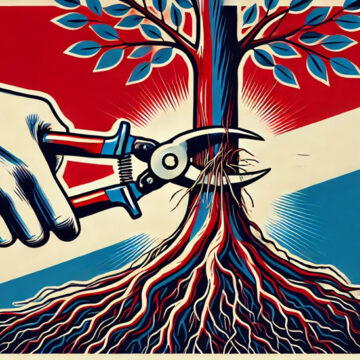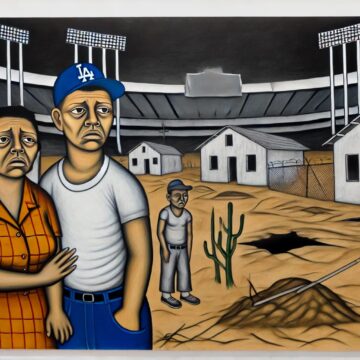The United States Virgin Islands are caught in a web of outdated policies, economic strangulation, and political neglect—an American territory in name but not in full privilege. While the mainland thrives, the Virgin Islands are forced to navigate federal regulations that drive up costs, stifle industry, and keep the local economy dependent on tourism. The Jones Act inflates the price of goods, IRS restrictions prevent competitive banking and investment, and limited federal funding leaves infrastructure in decay. Despite being home to U.S. citizens, the Virgin Islands remain voiceless in Congress and powerless in presidential elections. Washington’s policies don’t just overlook these islands—they actively hold them back. It’s time for change, time to break free from the colonial chains, and time to give the Virgin Islands the economic and political autonomy they deserve.
Category: History
The Tuskegee Experiment Exploited Trust and Rewrote History
The *Tuskegee Syphilis Study* stands as one of the most egregious violations of medical ethics in U.S. history, where 600 African American men in rural Alabama were misled and denied treatment for syphilis over the course of 40 years. Promised free healthcare but instead subjected to deception and exploitation, these men were left untreated even after penicillin became the standard cure. The study’s legacy has left a profound impact on *trust in the medical system*, shaping discussions on *racial injustice*, *bioethics*, and healthcare disparities that continue to resonate today.
The 1985 MOVE Bombing: An Examination of State Violence, Race, and Urban Life in America
The 1985 MOVE bombing in Philadelphia stands as a stark example of the intersection between race, state violence, and urban policy in the United States. When the city dropped a military-grade bomb on the home of the Black liberation group MOVE, killing 11 people, including five children, and destroying 61 homes, it revealed the devastating consequences of police militarization and systemic racism. This event, which still resonates in the era of Black Lives Matter, highlights the ongoing struggles for police reform, racial justice, and governmental accountability in marginalized communities.
Shedding Light on the Past: North Carolina’s Eugenics Program and the Fight for Justice
"They cut me open like I was a hog." These harrowing words from Elaine Riddick, a survivor of North Carolina's eugenics program, lay bare the brutal reality faced by thousands of women who were forcibly sterilized under the guise of public health. Stripped of their reproductive rights without consent or understanding, these women became victims of a state-driven agenda aimed at controlling who was deemed "fit" to bear children. This article uncovers the hidden truths of North Carolina's dark past, revealing a legacy of systemic abuse and injustice that reverberates into the present, demanding acknowledgment and action from a new generation.
Chavez Ravine: A Neighborhood Erased for Dodger Stadium
Chavez Ravine, once a thriving Mexican-American community in Los Angeles, was demolished in the 1950s under the guise of urban renewal to make way for Dodger Stadium. This article explores the history of Chavez Ravine, the political forces behind its destruction, and the broader implications for racial injustice and housing inequality. Through the lens of urban development, it examines how communities of color were targeted, displaced, and erased, with a legacy that continues to shape housing policy and civil rights struggles in Los Angeles and beyond.




